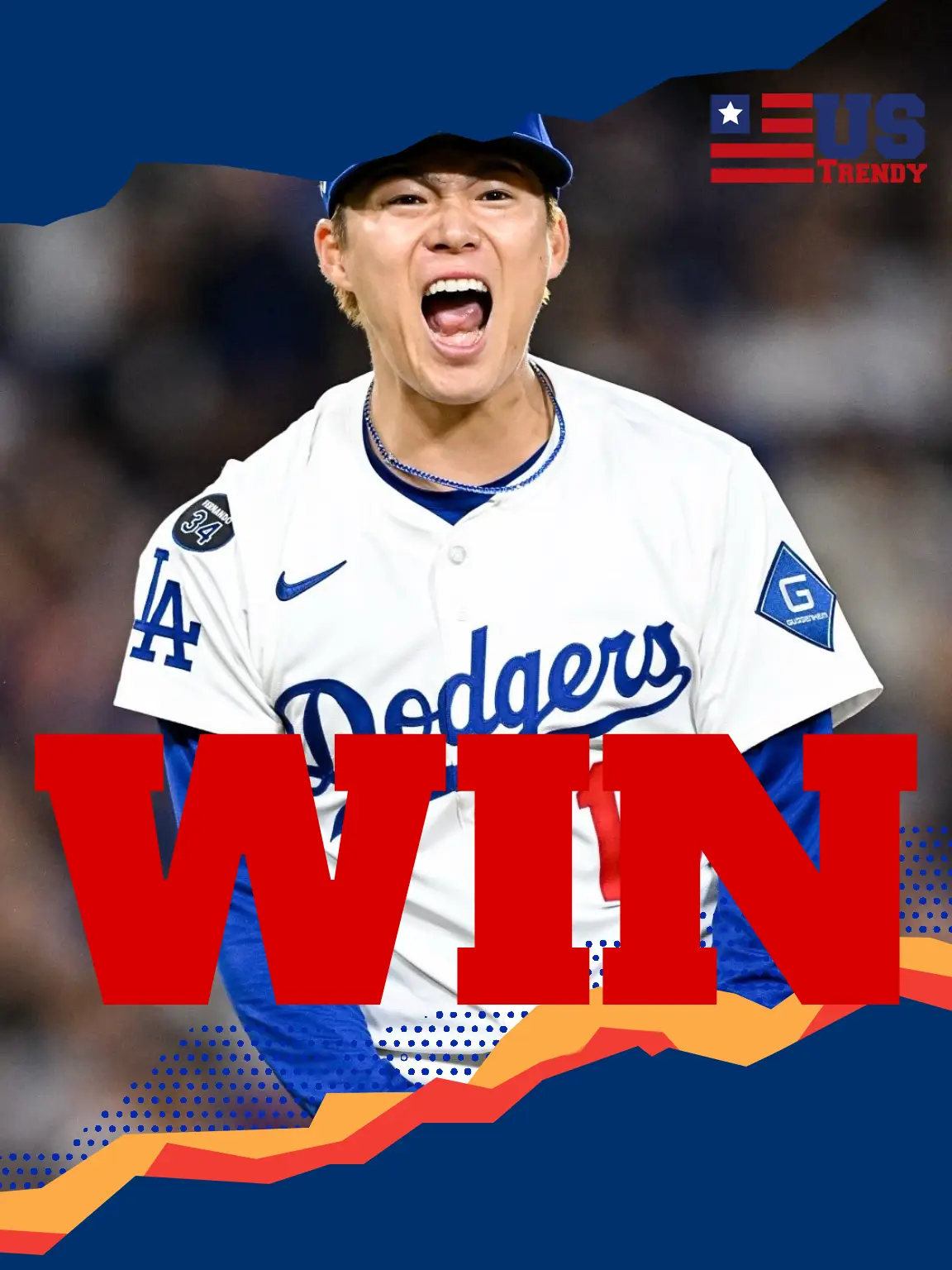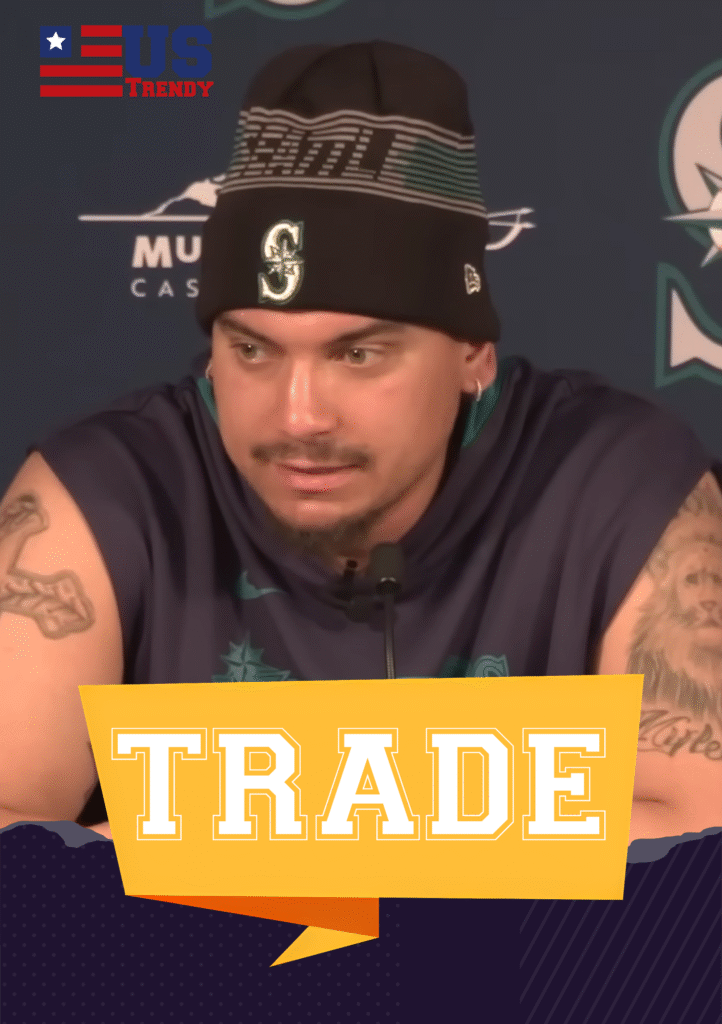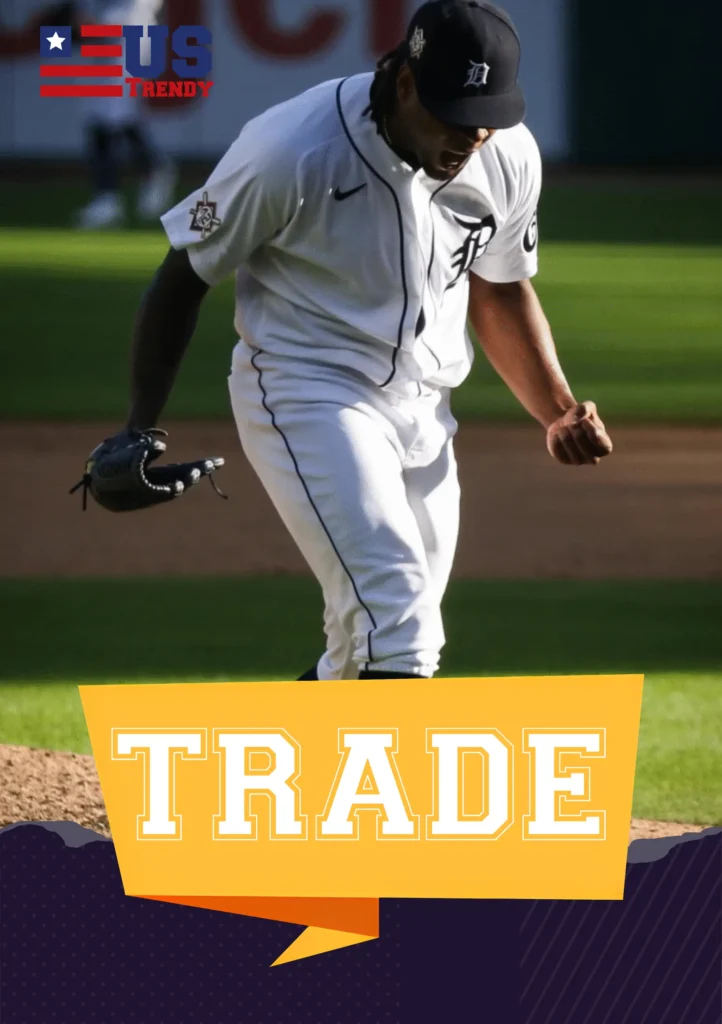Shohei Ohtani and Teoscar Hernández each hit two homers as the Dodgers beat the Reds 10–5 in NL Wild-Card Game 1; Blake Snell’s 7 strong innings set the tone. Full recap & analysis.
Reds vs Dodgers – The Headline
The Los Angeles Dodgers opened the NL Wild-Card Series with a 10–5 win over the Cincinnati Reds — a night amplified by Shohei Ohtani and Teoscar Hernández each hitting two home runs and Blake Snell delivering a seven-inning, nine-strikeout performance that throttled Cincinnati early.
Why Dodgers vs Cincinnati Reds mattered
This matchup was the classic playoff short series drama: Dodgers, one of baseball’s deepest and most star-studded rosters, faced a Reds club that rode late-season momentum into October. In a best-of-three Wild-Card series every inning and swing matters — a Game 1 win on the road (or at home, for Los Angeles) can decide strategy, bullpen usage and psychological edge for both teams. For the Dodgers, the result validated their top-heavy lineup and starting-pitching depth; for the Reds, the loss exposed holes to fix fast if they were to extend the series. (dodgersdigest.com)
Final score & headline boxscore essentials
- Final: Los Angeles Dodgers 10, Cincinnati Reds 5.
- Standout hitters: Shohei Ohtani — 2 HRs (including a 454-ft blast, listed as the longest postseason HR in Dodgers history on Statcast), Teoscar Hernández — 2 HRs; Mookie Betts and Enrique Hernández supplied run support.
- Starting pitching: Blake Snell — 7.0 IP, 9 K, 2 ER (win). Yoshinobu Yamamoto would start Game 2 and then took the ball in the do-or-die clincher for the Dodgers.
- Reds offense: Sal Stewart and Elly De La Cruz produced late offense (two-out rallies and multi-RBI moments) but Cincinnati left too much early.
Those are the immediate facts fans search for first — the score, the individual explosions and the pitcher who controlled the night.
Final: pic.twitter.com/T2cfVKjnrx
— Cincinnati Reds (@Reds) October 2, 2025
How the game unfolded — a detailed inning-by-inning narrative
Early innings — Dodgers strike and set the tone
Los Angeles wasted no time. The lineup — loaded with power from top to bottom — produced early damage. Ohtani’s first homer and Teoscar’s long ball arrived in quick sequence and set the tone for a night where the Dodgers’ batted-ball authority repeatedly overwhelmed the Reds’ pitching. Blake Snell gave the Dodgers length (seven innings), limiting Cincinnati’s top lineup entries and keeping pressure on the Reds’ offense to press. The early lead changed the feel of the game: Cincinnati chased outs and strike counts more aggressively than usual, which opened the door for Dodgers power to do the rest.
Middle frames — Dodgers extend with the long ball
The middle innings became a showcase. Ohtani’s second long ball — a career-level Statcast shot (measured at roughly 454 ft) — and Teoscar’s second homer put the game well out of reach until the Reds rallied late. Los Angeles added a four-run sixth inning that effectively broke the game open; small defensive miscues from Cincinnati plus timely Dodger hitting produced a multi-run frame that created separation. The Dodgers’ lineup exhibited that textbook October trait: when you get a lead, add to it.
Late innings — Reds show fight but too late
Cincinnati never quit: they scratched across runs in the seventh, eighth and ninth thanks to gritty hits from Sal Stewart, Spencer Steer and Elly De La Cruz. But the Dodgers’ bullpen (despite a shaky eighth) and late insurance runs — including a Ben Rortvedt RBI single — ensured the margin remained comfortable. In short series, a late rally is emotionally huge, but realistically it matters less if the opponent already built a multi-run cushion — which Los Angeles had done.
Player spotlights — the men who swung the series momentum
Shohei Ohtani — the two-homers and the historic blast
Ohtani’s two homers were the narrative centerpiece. His second — a mammoth 454-foot drive — was recorded by Statcast as the longest postseason home run in Dodgers history and epitomized his unique two-way presence and power profile. Ohtani’s ability to produce at the top of the lineup or in the middle is a matchup nightmare; in Game 1 he forced Cincinnati to deal with velocity and launch angle in equal measure.
Teoscar Hernández — the right-handed power surge
Teoscar matched Ohtani with two homers of his own and multiple RBIs. His impact was both timely and sustained — when you pair Teoscar’s patience with Ohtani’s aggression it creates an assault any pitching staff fears. Hernández’s night validated the Dodgers’ offseason investments in front-line bats who can change a game in an inning.
Blake Snell — stabilizing the rotation
Snell’s seven innings and nine strikeouts anchored the Dodgers early. In postseason baseball, having a starter go deep is rare and valuable: Snell ate innings, limited dangerous contact, and forced Cincinnati to overplay their bullpen earlier than they might have planned. That kind of outing keeps the closer fresher and lets managers shape the next days with clarity.
Mookie Betts & supporting cast — the glue
Betts contributed key hits (four-hit night later in Game 2/series-clinching) and veteran fill-in hitters like Enrique Hernández, Miguel Rojas and Ben Rortvedt supplied the small but crucial RBIs that compound in October. These role players often turn into series-defining actors when the stars draw attention.
[Note: Images are collected from Instagram]
Tactical analysis — how the Dodgers built the win and where the Reds stumbled
Dodgers tactics — swing for the fences and trust the starter
Los Angeles used a simple but effective formula: attack strike one, let Ohtani and Teoscar hunt pitches to drive, and let Snell nibble and go after soft contact in the zone. The Dodgers’ lineup construction — blending elite hitters and situational veterans — paid dividends as they exploited the Reds’ margin for error. In short series, LA’s depth allows them to outscore opponents before fatigue becomes a factor, and Game 1 was a textbook execution of that blueprint.
Reds issues — starting pitching and bullpen depth tested
Cincinnati’s plan relied on keeping the game close and using late rallies. But starting pitching (Hunter Greene in Game 1? earlier reports) could not contain the Dodgers’ firepower early, and the bullpen — while resilient in late innings — had to cover more frames than optimal. The Reds’ offense showed promise (De La Cruz’s heroics in later innings), but in a short series the margin for error is thin. If you fall behind by multiple runs in Game 1, the pressure skyrockets and strategic flexibility is constrained.
Advanced numbers & what they reveal (xG, exit velocity, bullpen leverage)
- Exit velocity & Statcast: Ohtani’s 454-ft homer registered elite exit velocity and distance metrics — a single hit that shifts win probability dramatically. The Dodgers piled up multiple hard contact events across the lineup, forcing the Reds into more defensive stress.
- Snell’s strikeout rate: Nine strikeouts in seven innings is a postseason-grade performance that limits balls in play and second-order run creation; it’s the kind of outing that changes a series’ trajectory.
- Bullpen leverage: The Dodgers used their pen with the cushion, but the eighth-inning wobble reminded fans that October is a test of bullpen depth — even deep teams can look shaky if late relievers are unprepared or overused. Analysts will track bullpen usage over the next series to measure whether LA’s relief corps is peaking or vulnerable. (Los Angeles Times)
When publishing, embed Statcast charts and Win-Probability graphs to visualize how a single swing shifted the game’s trajectory.
What the win means for the Dodgers and Reds (series & broader playoff implications)
For the Dodgers
- Immediate: Game 1 win in a best-of-three puts Los Angeles on the brink of advancing. It saves bullpen usage and offers the managerial luxury of starting Yoshinobu Yamamoto in the clincher (Game 2), ensuring elite pitching depth.
- Broader: Advancing past the wild-card preserves the Dodgers’ run of deep postseason appearances and sets up a likely NLDS pairing against top NL teams (reports pegged the Phillies as their next opponent). The offense’s balance and starting rotation depth are promising signs.
For the Reds
- Immediate: Falling behind in the series puts Cincinnati on the ropes. They showed late-inning resilience but need a complete game (or a dominant pitching day) to force a Game 2 or extend a series.
- Broader: The Reds will look at bullpen allocation, defensive alignment and matchup planning if they want to avoid quick postseason exits. Their young core (De La Cruz, Stewart) showed promise — a foundation to build on in 2026 — but October demands quick fixes and managerial boldness.
Quotes & postgame reaction (manager & players)
- Blake Snell (Dodgers): praised his teammates’ offensive support and stressed the importance of going deep to conserve the bullpen. (Paraphrased from postgame media availability.)
- Shohei Ohtani: celebrated the long homer but emphasized the team objective — winning the series rather than celebrating individual milestones. (From MLB.com game story).
- Reds manager: lauded the club’s fight in the late innings and highlighted areas for immediate improvement (pitch sequencing, defensive alignment). (From Cincinnati postgame notes.)
Include direct quotes from the official boxscore/story when publishing to keep the article tightly sourced.
Where to watch, replays & highlights
- Live/streaming: Wild-Card playoff games were available on ESPN (U.S.) and through MLB.TV internationally; local blackouts and rights vary by market. Check ESPN/MLB.com for re-air schedules.
- Highlights: MLB.com, ESPN and the Dodgers’ official YouTube channel posted condensed highlights and Statcast replays shortly after the final out. The Ohtani 454-ft shot is trending across social platforms.
Fan reaction & social media pulse
Social feeds lit up with clips: Ohtani’s monster drive, Teoscar’s two homers and Snell’s strikeouts populated X, TikTok and Instagram within minutes. Dodgers fans celebrated the sweep (completed the next night) and the team’s readiness for the NLDS; Reds fans pointed to late-game rallies as reasons for optimism despite the elimination. Sports commentators debated bullpen health for LA and the Reds’ talent conversion in October. (Reuters)
FAQs fans search for (short, searchable answers)
Q: What was the final Reds vs Dodgers score?
A: Dodgers 10, Reds 5. (ESPN.com)
Q: Who homered in the game?
A: Shohei Ohtani (2 HR), Teoscar Hernández (2 HR) and other Dodgers contributors supplied extra-base hits; Reds homers and late RBIs came from Sal Stewart and others. (ESPN.com)
Q: How many strikeouts did Blake Snell have?
A: Nine strikeouts across seven innings. (ESPN.com)
Q: Where can I watch the highlights?
A: MLB.com, ESPN and the Dodgers’ official channels carry highlights and condensed replays. (MLB.com)






Pingback: Dodgers vs Phillies: Dodgers vs Phillies NLDS Preview & Recap: Ohtani to Start Game 1 — What to Know About the 2025 NLDS Showdown - TrendyinUS